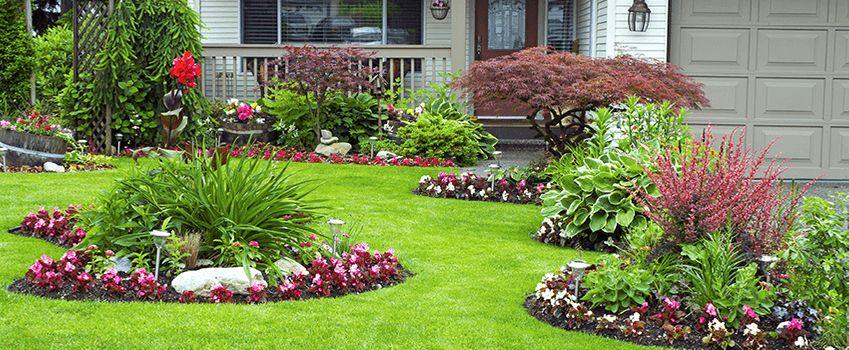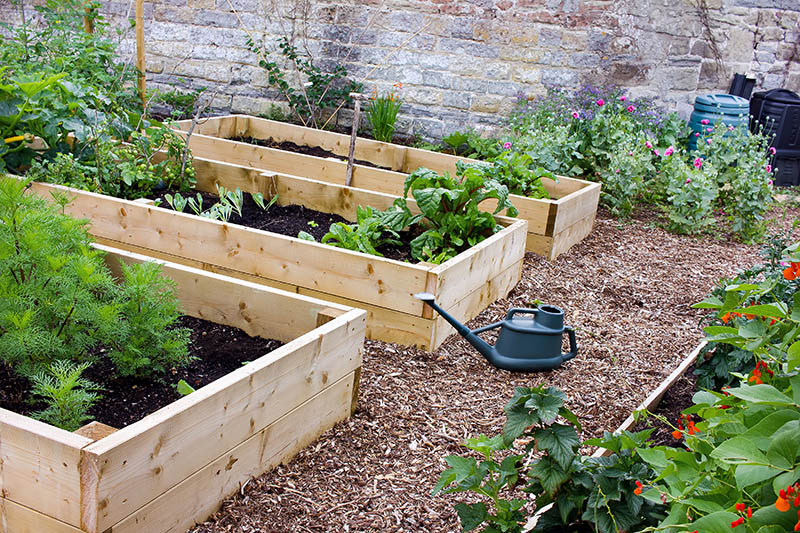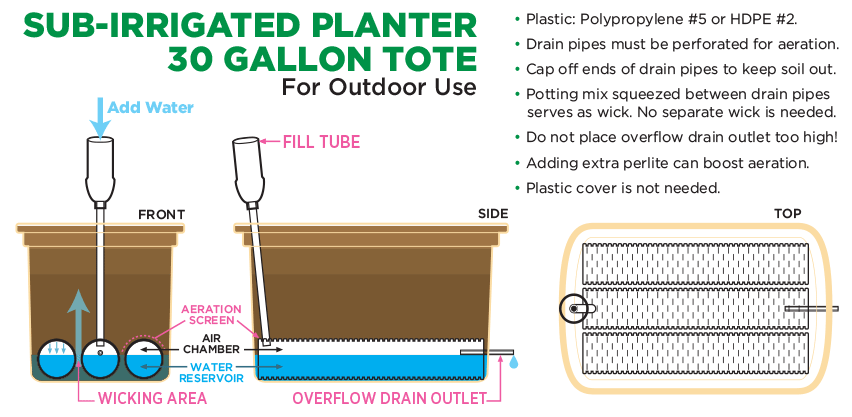Gardening Ideas For Your Front Yard
Having a well-designed front yard can go beyond simply enhancing the look of your home - it can also create a welcoming environment for both guests and residents. By utilizing the tips provided in this post, you can add color and texture to your front yard, making it visually appealing and an extension of your style. Whether your front yard is large or small, there are many ways to transform it into a focal point of your home.
Never underestimate the importance of a beautiful front yard. It is the first thing that people see when they approach your home, and it can set the tone for the entire property. A well-maintained front yard can make a great first impression, increasing the value of your home and setting it apart from others in the community. Homeowners take pride in their front yard, as it reflects their style and attention to detail, providing a sense of satisfaction and pleasure. A thoughtfully planned front yard can also create a warm and inviting atmosphere, making visitors and locals feel welcome.
Having beautiful plants in your front yard can promote physical and mental well-being. Gardening is a physical activity that can improve your strength and cardiovascular health, while also providing a calming and relaxing experience. Spending time in nature has been shown to have a positive effect on mental health and mood, allowing you to escape the stresses of everyday life.
Evaluating Your Front Yard
Take a moment to inspect your front yard and identify any issues or limitations that require attention. Pay attention to areas that appear dull or uninteresting, such as walkways that are uneven or have dead plants. What can you do to enhance the curb appeal of your home? Start by examining the layout and flow of your front yard. One option is to improve the landscape by adding new elements such as flower beds or decorative rocks, while also removing or relocating existing features like trees or shrubs. You must also consider the practical requirements of your front yard, such as proper lighting and irrigation. By carefully evaluating it, you can create a plan to maintain your front yard.
When selecting the best plants and flowers for your front yard, consider the amount of space you have, the amount of sunlight, and the type of soil. Look at various organisms that thrive in your local weather conditions and adjust their needs to suit the specific characteristics of your garden. To ensure the flourishing growth of your plants and improve the visual appeal of your outdoor space, you also need to determine the maintenance requirements and choose the plants that require the least amount of time and effort. By selecting the appropriate plants, you can have an attractive front yard with minimal maintenance.
We can help you make better design decisions by discussing your gardening goals and ideas. To ensure a vibrant and lively garden, choose a few plants that bloom at different intervals throughout the year. You can choose a low-maintenance look or opt for plants that require less watering and pruning. Select the plants that will provide you with the desired garden space. Additionally, consider the amount of sunlight your yard receives. This can assist you in selecting plants that are well-suited to your specific conditions.
Designing Your Front Yard Garden
When it comes to designing your front yard garden, it's important to select a style or theme that complements your home's decor and reflects your taste. You can choose between a natural and organic garden with meandering paths and wildflowers or a more refined one with balanced arrangements and defined borders. It's also essential to select plants that enhance your home's architectural design and highlight its best features. For instance, if your house is Victorian, you can opt for traditional English garden plants such as roses and hollyhocks. On the other hand, for a minimalist home, you may want to go with plants that are sculptural, such as succulents or decorative grasses. The key is to ensure that your front yard landscape is cohesive and harmonious.
In addition to choosing the right plants, you should also consider the functional and visual aspects of your garden. Determine where the focal points, plants, and walkways should be placed. Take the height and dimensions of each plant into account to ensure proper sun exposure and growth. Similarly, well-planned pathways and eye-catching features like sculptures or water features can draw attention to specific parts of the garden and add interest. By carefully organizing and arranging your garden, you can create a front yard that not only enhances the look of your home but also provides a relaxing outdoor space for you and your guests.
To maximize the available space and make your garden more visually appealing, consider adding elements such as trellises, containers, or raised plant beds. Raised beds can add depth and color variety to your garden, while containers can create focal points or add pops of color. Trellises, on the other hand, provide a means to raise the height of a garden and can be used as a platform for climbing plants. By combining these elements, you can create a visually stunning and dynamic front yard garden.
Plants - Picking Out The Right Ones
Planting a garden requires careful consideration of various factors such as water requirements, maintenance demands, and sunshine exposure. It is important to select plants that are suitable for your garden's soil and surroundings. Creating visual diversity by combining plants of various sizes, colors, and textures can enhance the overall appearance and ambience of your garden. The general appearance and atmosphere you aim to achieve in your front yard garden is crucial. By choosing the right plants, you can create a natural and symmetrical look or a wild and free one.
To achieve a balanced and appealing look in your garden, it is essential to consider the height, color, and texture of the plants. Combining groundcover plants that grow near the ground with tall, vibrant flowers can create interest. Using plants in contrasting colors can also improve the overall appearance of your garden. Varying textures of plants, such as prickly leaves or delicate petals, can add depth to your garden. Taking the time to think about these elements can help you create a visually attractive and balanced garden that reflects your personal taste.
To have a year-round bloom, you can plant a mix of shrubs, perennials, and annuals in your garden. Annuals have vibrant colors that can be replaced regularly, while perennials require minimal maintenance and can last for many years. Shrubs, on the other hand, provide depth and verticality to your garden while serving as a good backdrop for other plants. By combining different types of plants, you can create a dynamic and ever-changing scenery that you and your guests will enjoy for years.
In summary, selecting the right combination of shrubs, annuals, and perennials can help you create an inviting garden throughout the year. You can replace your annuals to suit your changing tastes while keeping the vibrancy and color. Perennials provide a solid foundation and require minimal maintenance, allowing them to thrive. Shrubs provide height and structure while creating an illusion of depth and serving as a backdrop for other plants. By blending different types of plants, you can create a landscape that is always captivating and changing throughout the season.well as your guests.
Patio Gardening Ideas For You
Raised Bed Gardening Ideas That You Can Use
How To Use Sub-Irrigated Planters In The Garden

:max_bytes(150000):strip_icc()/mld106425_0311_containrs033_vert-1f54258c36d448a6a650b7c523013224.jpg)

